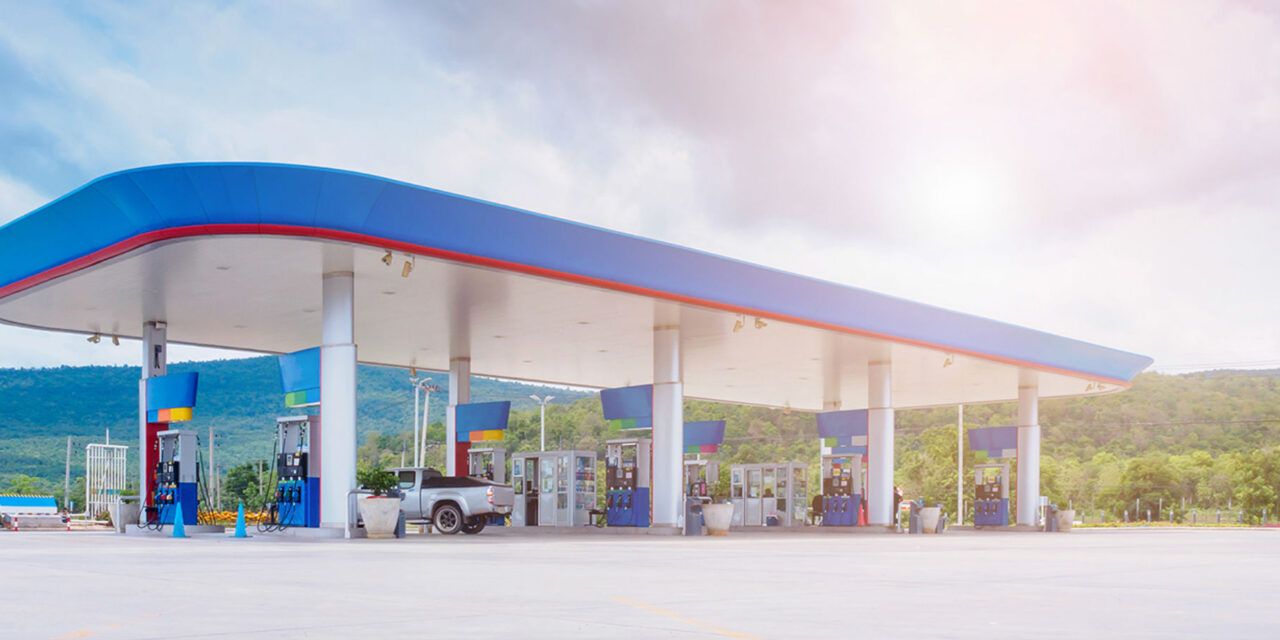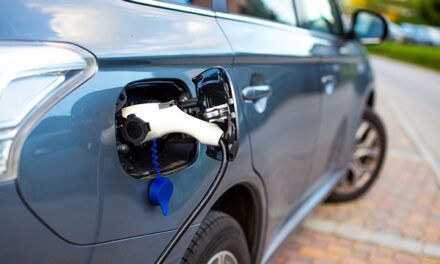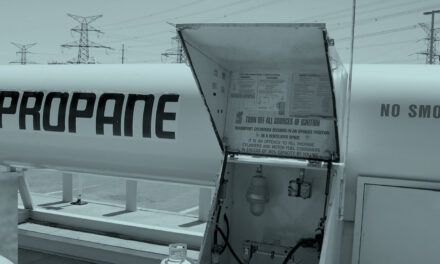
How to Keep the Fuel Flowing at a High-Volume Site

How to Keep the Fuel Flowing at a High-Volume Site
By Ed Kammerer
Innovative system design simplifies repairs and maintenance for reduced fuel-dispenser downtime
A business that features a retail-fueling operation – whether it be a traditional service station, convenience store with a fuel offering or truck stop – has one main motivation: ensure that fuel can be dispensed into the driver’s fuel tank when needed. Fueling sites that are unable to do that, exemplified by fuel nozzles that are constantly covered by “out of order” bags, aren’t likely to be in business for very long.
Even those that have only infrequent dispenser shutdowns can still experience significant hits to the bottom line. In fact, some estimates indicate that the amount of revenue that can be lost when a single diesel-fueling lane at, for example, a truck stop is idled can be as much as $25,000 a day.
The challenge for fuel-site operators in keeping the fuel flowing is that there is any number of points in the fuel-delivery system where a breakdown can occur. Adding to the difficulty is the fact that a large amount of the fuel-delivery system’s equipment is buried underground and not visible to the naked eye. Therefore, whether it is a malfunctioning valve, detached coupling, cracked pipe or leaking sump, it may take quite some time before the problem is identified. Then, when repair or maintenance is required, concrete will likely need to be broken in order to access the problem area.
This creates a number of negatives for the fuel-site operator, from elevated repair costs to fuel-bay shutdowns that can last up to two weeks.


In The Loop
Relief in the area of maintaining and repairing underground fuel-dispensing systems and their equipment, and readily identifying problem areas was provided some 10 years ago when OPW invented and introduced the patented FlexWorks Loop System. The Loop System consists of a collection of underground fueling equipment that works together to create an efficient fuel-dispensing network in which all service can be performed aboveground.
Specifically, the system offered the following benefits to its users:
- All piping is accessible through sumps that are shallow and can be accessed from the surface, meaning no concrete needs to be broken, removed and repoured when component repair or replacement is needed
- Continuous flexible piping eliminates connection points buried in the ground
- Pipe couplers are stainless steel and have built-in test ports for easier monitoring
- Pipe can be removed, checked and replaced through the sump opening without the need to remove the dispenser from the island
- Rigid double-sided entry fittings installed in the factory, not fabricated in the field, prevent fuel leaks into the ground, reducing the chance the environment or groundwater supplies will become contaminated
All told, the Loop System was a revolutionary innovation – the fueling industry’s first true plug-and-play fuel-delivery system, one that combined hassle-free component inspection with streamlined maintenance and repair, all without needing to excavate the site.
Ten Years After
In the decade since the introduction of the Loop System, the retail-fueling industry has continued to evolve. One significant advance was the growth in the number of high-volume truck stops with upwards of 10 to 20 fueling lanes that catered to long-haul drivers, while also serving the automobile market. Second was the increased popularity of so-called “hybrid” convenience stores. These larger c-store sites feature traditional automobile fueling islands up front with several truck-fueling lanes at the rear of the property.
The operators of truck stops and hybrid c-stores face the same concerns as traditional service-station operators: how to best keep the fuel flowing and identify when any equipment malfunctions or leaks may have occurred. Even if a leak is detected, some truck stop operators might be tempted not to fix it right away because of the need to break concrete and the resulting cost and downtime. This approach can be really dangerous at a truck stop or hybrid c-store because those types of locations handle so much more fuel at higher volumes and pressures that a leak can be really catastrophic.
Compounding the concern for truck stop and hybrid c-store operators is that their fuel-delivery systems must be able to pump diesel fuel at flow rates up to 30 gallons per minute (114 liters per minute), which allows the driver to get back on the road as quickly as possible. As revolutionary as it was, the Loop System could not produce the flow rates that would allow it to be utilized at a truck stop or hybrid c-store location. The unique design of the pre-fabricated, 45-degree angled sump walls would also not accommodate the footprint of high-speed dispensers.
Until now.
Recognizing the needs of these high-volume fueling locations, OPW has developed the High-Flow Loop System. This upgraded system takes a bigger is better approach to fuel delivery and system monitoring. It takes the standard-setting components of the original system and supersizes them for truck stop and hybrid c-store applications:
High-flow dispenser sumps that produce high-volume flow rates and high-speed dispenser footprints while also accommodating fuel dispensing on both sides of the truck, including the satellite dispensers.
Six-inch (up from four-inch) access pipes that resist crushing and allow easy access for maintenance, repair, removal and replacement
Three-inch (up from 1.5- and two-inch) stainless-steel double-wall pipe couplings (DPC) that eliminate the need for a rubber test boot and the trimming back of secondary jackets, while allowing for continuous monitoring
Three-inch (up from 1.5- and two-inch) double-flexible rigid entry fittings (REF) that provide double containment protection that prevents fuel contamination and groundwater intrusion
Three-inch (up from 1.5- and two-inch) UL971-listed coaxial pipe that is easy to install, requires no adhesive or welding, and eliminates leak points and exposed joints and fittings
The High-Flow Loop System also comes standard with a two-inch version of OPW’s 10 Plus Series Emergency Shut-Off Valves. The upsized 10 Plus valve matches the high-flow inlets of the dispenser while allowing the larger diameter three-inch pipe to connect to the valve. These valves protect against low-impact fractures in the fuel dispenser’s shear groove, which reduces the risk that undetected dispenser leaks can result in ground contamination or a fire/explosion hazard.
In fact, the capabilities of the High-Flow Loop System mean that truck stop or hybrid c-store operators will no longer need to put off repairing leaks. Interstitial monitoring of the system allows easy identification of and access to the leak point. Repair is as easy as isolating the leaking section of pipe, removing it and replacing it. Rather than days or weeks, this repair can be completed in as little as a day.
Conclusion
Keeping the fuel flowing keeps the fueling-site operator in business and the development of the Loop System played an undeniably pivotal role in making that task easier to accomplish. All of the benefits are now available for use with high-volume fuel operations at truck stops and hybrid c-stores with the High-Flow Loop System. In addition to supplying a steady flow of fuel, the system enhances the ability of fuel-site operators to inspect, maintain, monitor, identify and repair any potential problems before they develop into environmental or safety issues that can shut the site down.
Ed Kammerer is the director of global product management for OPW, based in Cincinnati, OH, USA. He can be reached at ed.kammerer@opwglobal.com. For more information on OPW, go to OPWGlobal.com.


































